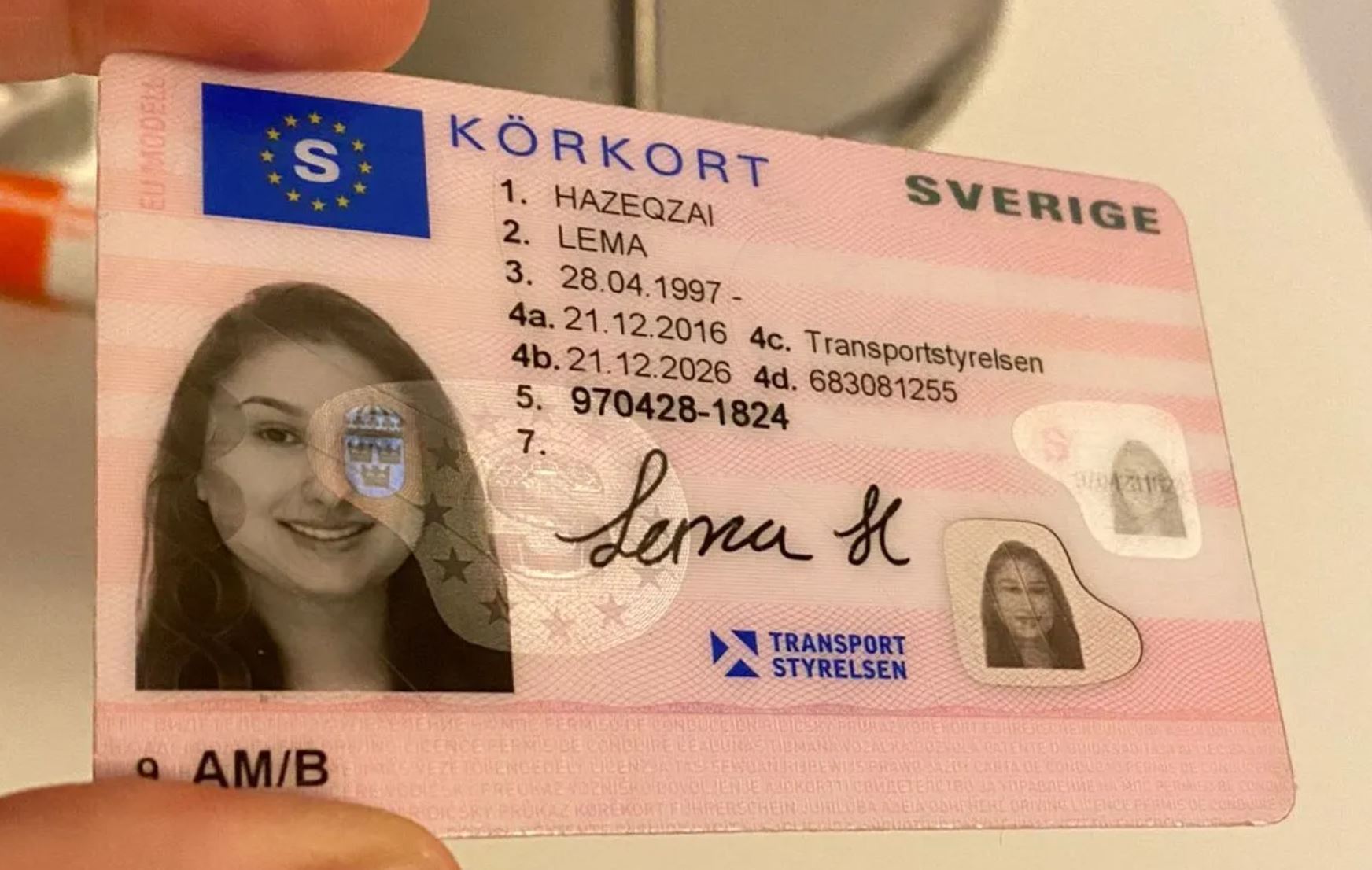Navigating the New Landscape of Driving License ID Handling in 2025
In every society, the driving license functions as a crucial file, not just as a proof of the ability to run a lorry however likewise as an identification tool. As we step into 2025, substantial changes have actually emerged relating to the handling and management of driving licenses, mainly affected by advances in innovation, progressing guidelines, and the need for boosted security steps. This short article intends to provide a detailed introduction of driving license ID managing in 2025, elucidating the innovations included, the upcoming legal improvements, and offering responses to common queries.
The Transition to Digital Driving Licenses
One of the most notable transformations in driving license ID handling is the prevalent adoption of digital driving licenses. These digital licenses are stored electronically on mobile phones, offering multiple conveniences to both drivers and authorities. In the United States, for example, numerous states have actually begun executing digital driver's licenses, while countries such as Canada and the UK are anticipated to do the same soon.
Secret Benefits of Digital Driving Licenses
- Convenience: Easily available on mobile phones, removing the need to bring physical copies.
- Improved Security: Incorporating biometric features and encryption helps to combat identity theft and scams.
- Real-time Updates: Immediate updates to individual details, such as modifications in address or status, improve precision.
Challenges and Concerns
In spite of the benefits, the shift to digital licenses provides obstacles, consisting of concerns about personal privacy, cybersecurity risks, and the digital divide affecting those without access to smart devices or the internet.
Modifications in Regulatory Framework
As we head into 2025, a number of guidelines surrounding driving licenses have actually come under analysis and transformation. Federal governments and regulatory bodies are focusing on guaranteeing that driving licenses are protected, legitimate, and provided in compliance with recognized laws.
Key Legislative Trends
- Standardized ID Formats: Countries are moving towards a standardized format for driving licenses to simplify recognition and enhance security.
- Increased Verification Procedures: Authorities are now utilizing innovative techniques such as facial recognition and AI to enhance verification processes at checkpoints.
- Concentrate on Sustainability: With growing ecological issues, numerous states are going with eco-friendly materials for physical licenses and checking out robust digital alternatives.
- Age and Identity Verification: Enhanced steps are being put in place to accurately validate the age and identity of drivers, especially in contexts where age-related laws apply to driving.
The Global Perspective: State-By-State Comparison
| Country | Digital License Implementation | Existing Regulations | Significant Features |
|---|---|---|---|
| United States | A number of states in development | Varies by state, efforts to unify formats | QR codes for easy recognition |
| Canada | In pilot phases | Standardized recognition throughout provinces | Combination with health IDs |
| United Kingdom | Early adoption phase | Emphasis on online renewal and details updates | Digital verification through the app |
| Australia | Under consideration | Increasingly rigid identification procedures | Focus on fraud avoidance |
The Role of Technology in ID Handling
Technology is transforming how driving licenses are dealt with. AI, blockchain, and biometrics are becoming important to driving license issuance and verification.
Developments Shaping the Future
- Artificial Intelligence: AI algorithms are now utilized for acknowledging patterns in driving behaviors, which can inform insurance premiums and legal ramifications.
- Blockchain Technology: Ensuring the stability and authenticity of driving license data, blockchain technology permits protected sharing of details in between authorities without worry of tampering.
- Biometrics: Increasingly, biometric systems are executed at the point of issuance and verification, such as facial recognition and fingerprint scanners, to ensure safe identity confirmation.
Prospective Impacts of Emerging Technologies
The application of these technologies can result in boosted dependability and security of driving IDs, however it raises concerns about data personal privacy and user consent.
Often Asked Questions (FAQs)
1. What should I do if my digital driving license is lost or stolen?
You ought to right away report the loss or theft to your local automobile firm. Many digital licenses have built-in features to disable gain access to remotely.
2. Are digital driving licenses accepted all over?
As of 2025, approval of digital licenses differs by area. It's encouraged to carry both digital and physical copies when taking a trip throughout state or nationwide borders.
3. Can I upgrade my info on a digital driving license?
Yes, updates can typically be made through the associated mobile application or site of the issuing authority.
4. What are the security measures for digital licenses?
Digital licenses typically incorporate functions such as file encryption, two-factor authentication, and biometric verification to boost security.
5. How will conventional driving licenses be impacted?
The relocation towards digital licenses might decrease the issuance of physical licenses, however they will still be available for those unable to gain access to digital options.
As we advance into a new period in 2025, the handling of driving licenses is enhancing to satisfy the needs of contemporary society. Through technological advancements and regulatory reforms, individuals can anticipate a more secure, efficient, and streamlined process for getting and handling their driving licenses. Nevertheless, as B96 Husbil multiply, it stays necessary to address difficulties associating with personal privacy, security, and ease of access, ensuring equitable roadway gain access to for all chauffeurs while safeguarding individual information. As governments across the world continue to adjust to these modifications, the future of driving license ID handling is set to be both vibrant and transformative.

